Just a few seconds of delay in page load time could have a significant impact on customer satisfaction and your sales. Thus, having a fast site is crucial, not just for ranking well in Google search results, but also for increasing your bottom-line profits. Before going deeply into how to improve a website performance, it’s important to identify common signs of poor website performance.
How to Improve a Website Performance?
Signs of Poor Website Performance
-
Low website traffic
-
Low click-through rate
-
High bounce rate
-
Very few leads and customers
-
Excessive ignored shopping carts
How can we detect signs of poor web performance?
Well, the simplest and quickest way to know your website performance and what causes your site to work improperly is to run a website test performance. This task can be done simply by using website test tools.
Why is website performance important?
A slow website or poor website performance annoys visitors and makes them look for other faster alternatives. Even a small delay in page load time can cost a business thousands of dollars and a drop in rankings.
According to Google, a 100-millisecond rise in latency can lead to a 0.2% drop in daily searches.
Best website performance measure
Additionally, even a 1-second delay in page load time can cause an annual loss of $1.6 billion for large e-commerce platforms like Amazon. A 400-millisecond delay can result in a reduced query volume of 0.21% for Microsoft.
The numbers just tell the truth!
How does website performance affect my business?
-
Website performance affects sales
Good search engine optimization and content marketing are crucial to bringing in visitors. If the visitor finds your site less informed in the first few seconds, they won't hesitate about leaving the site. Thus, the ultimate factor in impressing your visitors and boosting your conversion rates is good user experience in an aspect of fast loading times.
Here's how conversion is affected by website performance:
-
1.9% conversion rate for pages loading in 2.4 seconds
-
1.5% conversion rate for pages loading in 3.3 seconds
-
Less than 1% conversion rate for pages loading in 4.2 seconds
-
A conversion rate of 0.6% for pages loading in 5.7+ seconds
How to speed up your website
There are tons of factors that affect website speed, so there are many different steps you can take to increase your speed and improve user experience.
In this post, we’ll go over 10 tips on how to improve a website performance.
How to Improve a Website Performance?
#1. Reduce the number of your plugins
Most websites use a multitude of plugins to improve their functionality. From plugins to integrating social media and profile tools to website statistics and font tools, these plugins are often non-essential.
When choosing high-quality plugins, avoid plugins that perform complicated operations and load lots of content and scripts. While experts have disagreed on a single number, using 10 plugins for simple and single tasks is a better option than installing one plugin to perform complex tasks.
Website performance improvement
#2. Compress your content
It takes longer for a page to load if your site has uncompressed content. Here are Google’s recommendations for how to improve a website’s performance.
-
Minify JavaScript, HTML and CSS
-
Create consistency in CSS and HTML code with the following techniques:
- Consistent casing – mostly lowercase.
- Consistent quoting of HTML tag attributes.
- Specify HTML attributes in the same order.
- Specify CSS key-value pairs in the same order by alphabetizing them.
-
Enable GZIP compression.
#3. Optimize your site for mobile
If a business wants to thrive in the competitive market, it needs to optimize its website for mobile use. Why? Internet users will be accessing the internet via their smartphones and 60% of consumers make quick purchase decisions using their mobile phones.
Website performance test free
Moreover, statistics also show that 60% of mobile users expect a page to load within 3 seconds. If it takes more to load, 3 in 4 people will leave the site. If a website is not optimized to deliver high performance on a mobile device, it will result in slow mobile page load times. You can use the Google Search Console to check if your site is mobile-friendly or not.
#4. Reduce the Number of HTTP Requests
Web browsers use HTTP requests to fetch different parts of the page, like images, and scripts from a web server. Each request will have some overhead in establishing the connection between the browser and the remote web server.
Moreover, each browser limits a certain number of parallel network requests, so if there are many requests queuing up, some of them will be blocked.
You should eliminate unnecessary requests, find out what is the minimum required to render your website, and load only the necessary external resources. Next, consider removing any unnecessary images, JavaScript files, stylesheets, fonts, etc.
How to Improve a Website Performance: Reduce the Number of HTTP Requests
Now that you've eliminated everything you can, the next step is optimization. You should compress your CSS and JavaScript files for website performance improvement. Optimized websites typically load all requested CSS and JavasScript in a single request per page.
#5. Switch to HTTP/2
The overhead of sending many requests over HTTP/1.1 was mentioned above. HTTP is the protocol used to communicate with a remote web server. This protocol helps transfer the HTML of your website, and all other resources such as images, JavaScript files.
To avoid this, you should reduce the number of requests. Fewer resources required to render your website always lead to faster page load times. Another way is switching your website to HTTP/2. It has some advantages over HTTP/1.1 such as the ability to send many files at once, over the same connection. This helps reduce the overhead of multiple requests.
Website performance improvement
#6. Optimize Your Image Sizes
A lot of websites have heavy use of graphics. Uncompressed images or too high of a resolution can slow down your website’s performance.
In particular, websites are sometimes displayed well on high-density displays thanks to images with 2x or even 3x resolution. But if your users are not using a HiDP display, then you are just wasting bandwidth and increasing the load time for your visitors, especially if they have slow cellular connections.
You can select the appropriate image based on screen resolution by specifying multiple image sizes. The best answer to the question “how to improve a website performance?” is optimize the size of the images.
It’s also important to use the correct file type too. Specifically, images with lots of colors should use JPEG, and use PNG for simpler graphics.
#7. Use a Content Delivery Network (CDN)
CDN (Content Delivery Network) is a network of many servers located in many different geographical locations. They work together to distribute content, transmit data such as images, CSS, JavaScript, Video, file download to the end-user. CDN will automatically optimize the capacity and distribute the website's content from server clusters to maximize page loading speed for users, reducing bandwidth consumption.
Website Test Performance: Signs of Poor Web Performance
#8. Enable browser caching
Once you visit a web page, every task you do on the page is automatically cached. Once the page has loaded and the various components are cached in the user's cache, only a few will be downloaded for the next visit.
So with this website speed optimization, from the second visit onwards, the browser can load the page very quickly because there is no need to send new HTTP requests to the server. Enabling browser caching is one of the best ways for website performance improvement.
#9. Implement Gzip Compression
Regarding how to improve a website performance, Gzip is a simple but effective method. Compressing website files into zip files helps save bandwidth and speed up page loading time. When used, the user's browser will unzip the file and display the required content. This solution makes transferring content from the server to the browser more efficient.
#10. Remove Pop-up ads
Anyone who designs a website or a blog knows that placing ads on the website is a way to increase income. However, if you overdo the advertising, especially pop-up ads, this will lead to an overload of website capacity.
Therefore, removing pop-up ads will make website loading speed faster, improving user experience. You can still keep the ad, but insert a little and the banner ad with a simple, light effect.
Conclusion
Of course, users always expect web pages to load fast. If you don’t meet this expectation, you probably lose a lot of website traffic and, as a result, your revenue. Run your website test performance regularly and figure out how to improve a website performance.
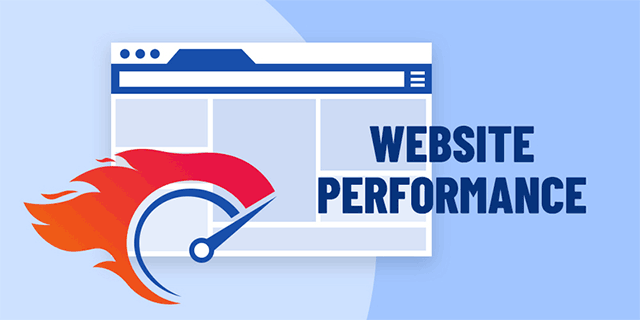
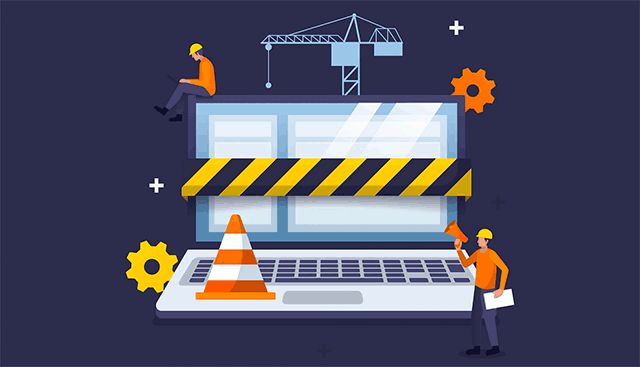

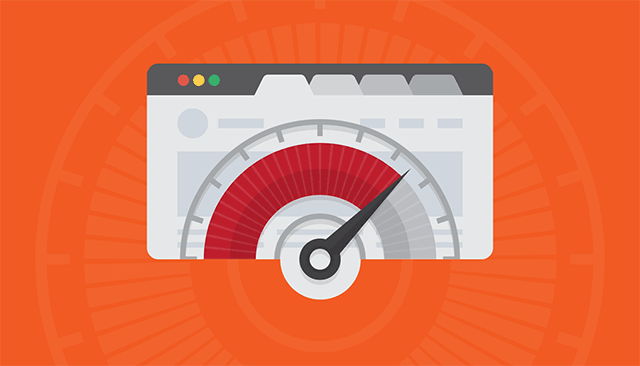

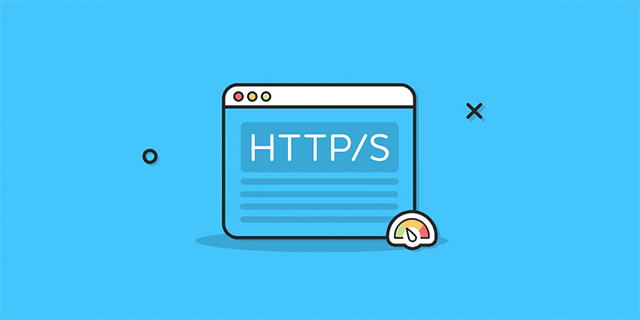
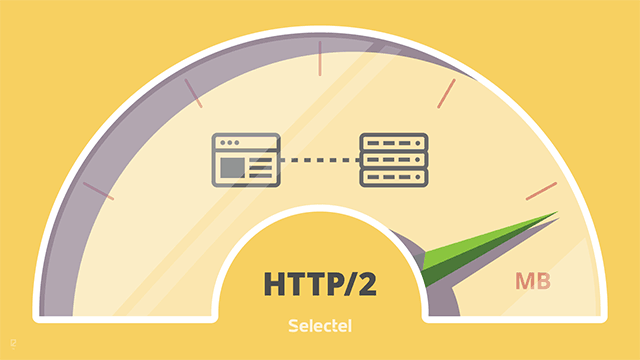



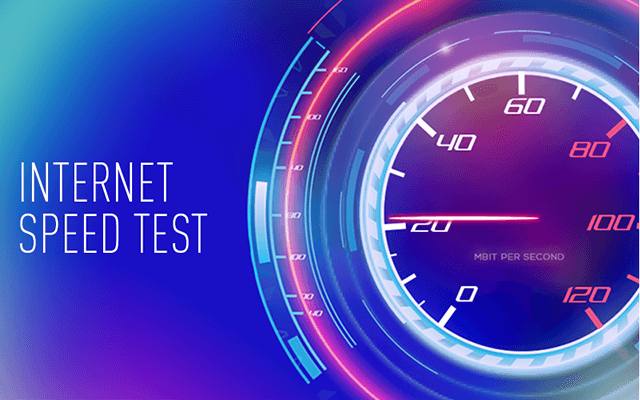


0 Comments
Leave a Comment
Your email address will not be published. Required fields are marked *